#destroying angel
Text

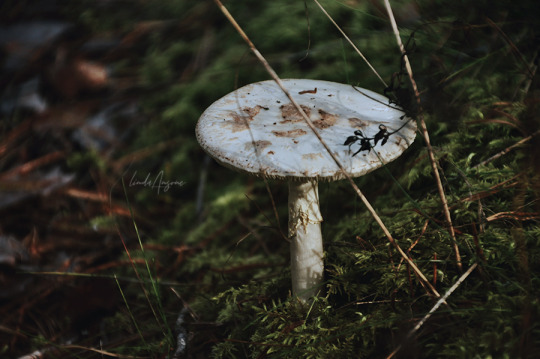
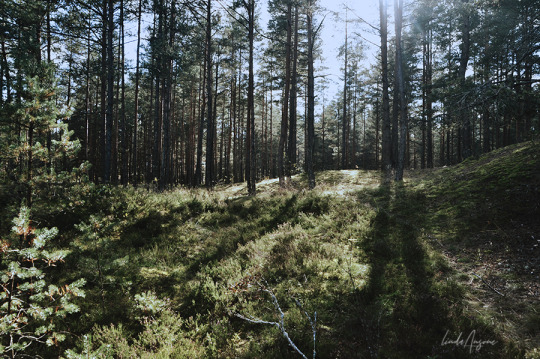
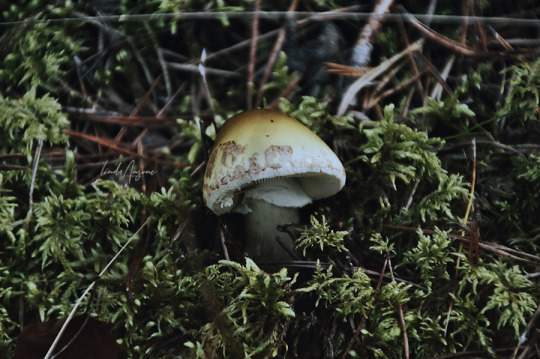

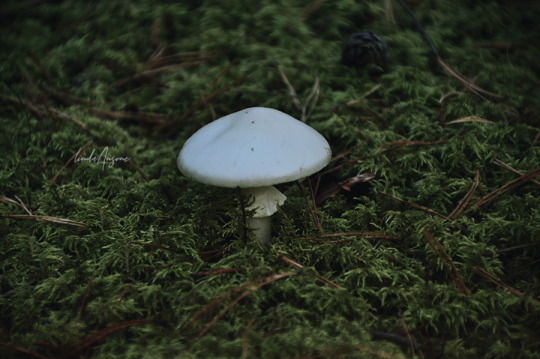
#forest#woods#moss#mushrooms#fungi#forest floor#forest photography#forestcore#naturecore#amanita#amanita virosa#destroying angel#Amanita phalloides#the deathcap#original photographers#photographers on tumblr
615 notes
·
View notes
Text



🌟🍄My Funguary art, 2024🍄🌟
more art: cosmicloak.carrd.co
boosts appreciated⁺˳✧༚
#artists on tumblr#illustration#copic art#traditional art#funguary#funguary 2024#cosmicloak#original art#destroying angel#puffball#ded mans f1ngers
387 notes
·
View notes
Text
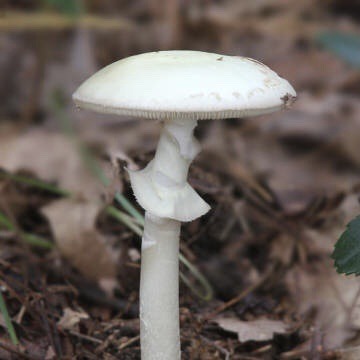
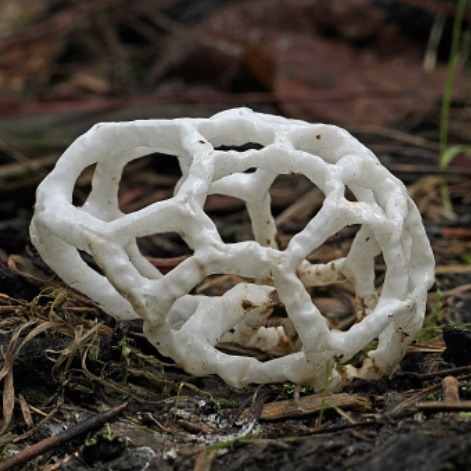
#mushrooms#mushroom showdown#naturecore#mycology#fungi#nature#mosscore#forestcore#cottagecore#destroying angel#basket fungus#ecology
1K notes
·
View notes
Text
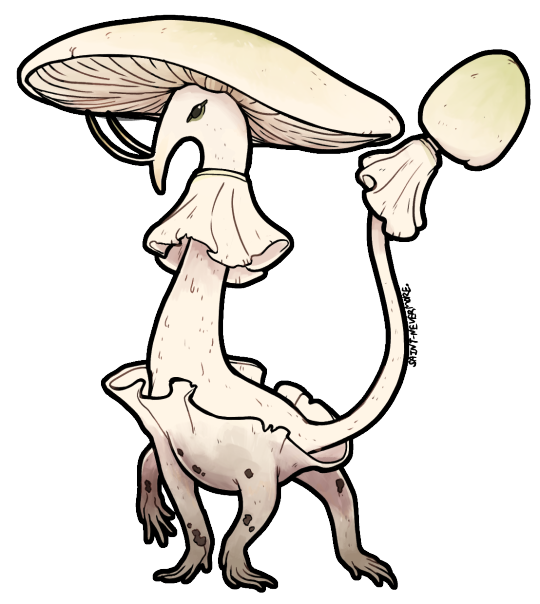
Funguary Day 10 - Destroying Angel
a redraw of a design from last year!!
#fraizer draws#art#funguary#funguary2024#fungus#mushroom#destroying angel#fungyn#fantasy#nevverse#creature design#semifae#fae#i ended up realising how behind i was and was like. Well i can draw aother tonight i have it in me to draw this beautiful shroom
157 notes
·
View notes
Text
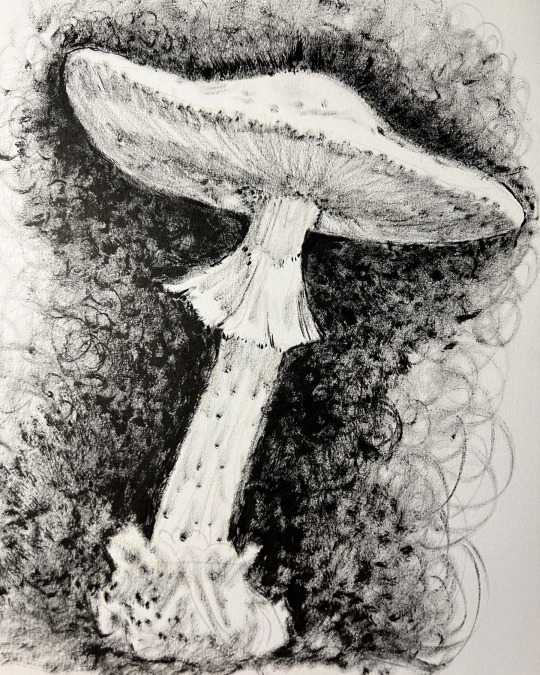
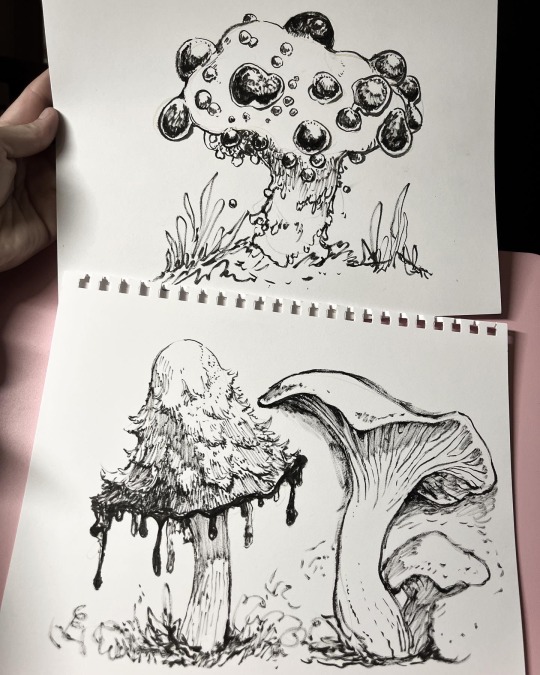
Inked a couple mushrooms today, I missed ink!
#thank you for making the project a success!#artists on tumblr#mushroom#fungi#destroying Angel#bleeding tooth#shaggy ink cap#chanterelle
753 notes
·
View notes
Text
The newly found ability of Amanita phalloides to reproduce asexually means that it can spread faster than before. There aren't as many invasive fungi as there are invasive plants in North America, but this definitely counts as one of them.
One of the things I emphasize multiple times in my foraging classes is that you should never, ever eat something unless you are 100% positive it is an edible species. Many of the poisonings from this species are from folks who grew up eating paddy straw mushrooms (Volvariella volvacea) in Asia, visited or moved to Europe or North America, and mistook A. phalloides for these edibles. And it's important to do your own identifying rather than relying on someone else; there are multiple cases of mushroom poisonings where someone was given the mushrooms by someone else who said they were edible.
When in doubt, throw it out! It is totally okay to want to be an old, rather than bold, mushroom hunter.
#PSA#mushrooms#poisonous mushrooms#destroying angel#foraging#mushroom foraging#mushroom hunting#fungi#fungus#mycology#poison#nature#wild foods#edible mushrooms#shrooms
515 notes
·
View notes
Text
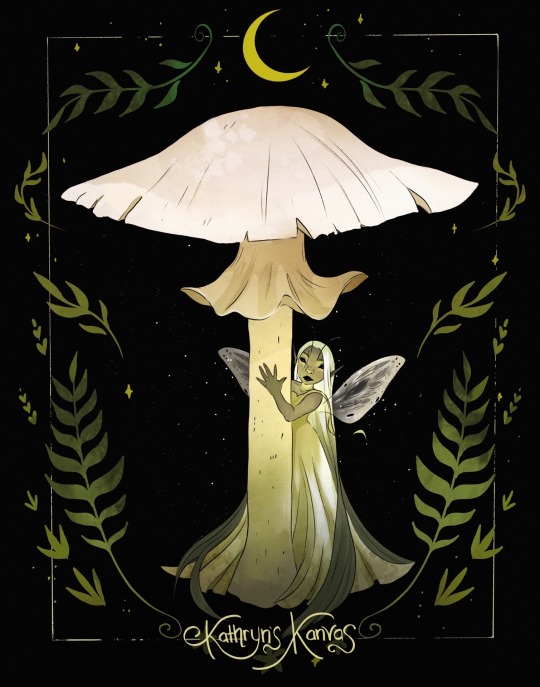
A Destroying Angel Mushroom for today's funguary art <3
#artists on tumblr#digital art#illustration#fairy#funguary#funguary2024#mushrooms#fantasy#digital painting#fungi#mushies#wild fungi#destroying angel
74 notes
·
View notes
Text

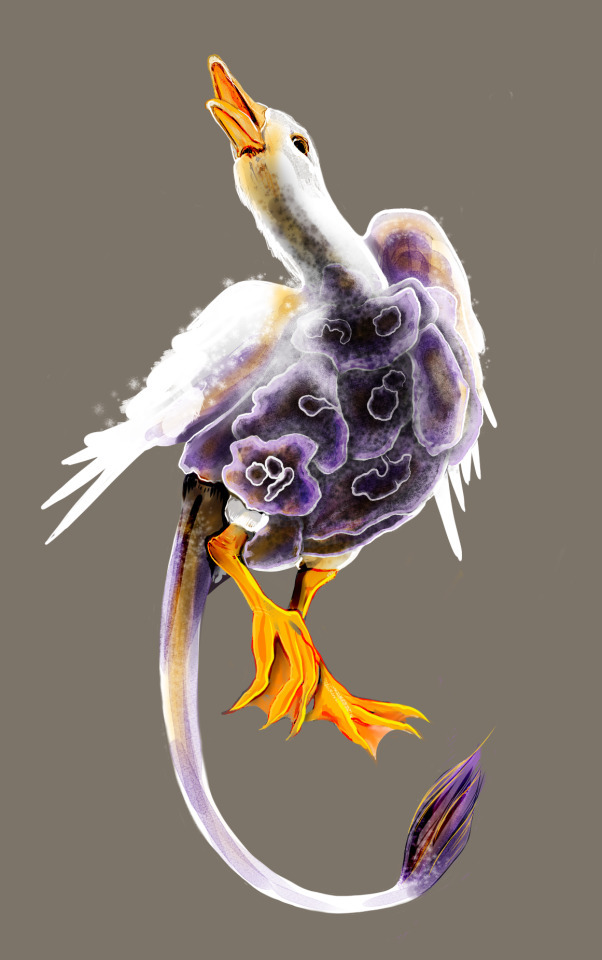





Funguary Week 2!
We had massive power, communications, transport and train blackouts this week. I lost a lot of food in freezers and so on. But I'm still going. Things are a bit chaotic, but we are still going strong.
Funguary Feb 8 - Satan's Bolete Behemoth - Rubroboletus satanas
Funguary Feb 9 - Silver Leaf Fungus Ipos - Chondrostereum purpureum
Funguary Feb 10 - Destroying Angel - Amanita virosa
Funguary Feb 11 - Bird's Nest Fungus - Nidulariaceae
Funguary Feb 12 - Demonic Dead Man's Fingers - Xylaria Polymorpha
Funguary Feb 13 - Demonic Lilac Bonnet - Mycena pura
Funguary Feb 14 - Demonic Bleeding Tooth Fungus - Hydnellum peckii
#funguary 2024#funguary#funguary week 2#satan's bolete#silver leaf fungus#destroying angel#bird's nest fungus#dead man's fingers#lilac bonnet#bleeding tooth fungus#mushroom#fungus#fungi
46 notes
·
View notes
Text

New destroying angel mushroom prints, stickers, & cards available
🍄
57 notes
·
View notes
Text

Funguary Day 10 - Destroying Angel
#procreate#digital art#artist on tumblr#procreate artist#illustration#digital artist#creature#creature art#fantasy art#procreate art#Funguary#funguary2024#destroying angel
41 notes
·
View notes
Text
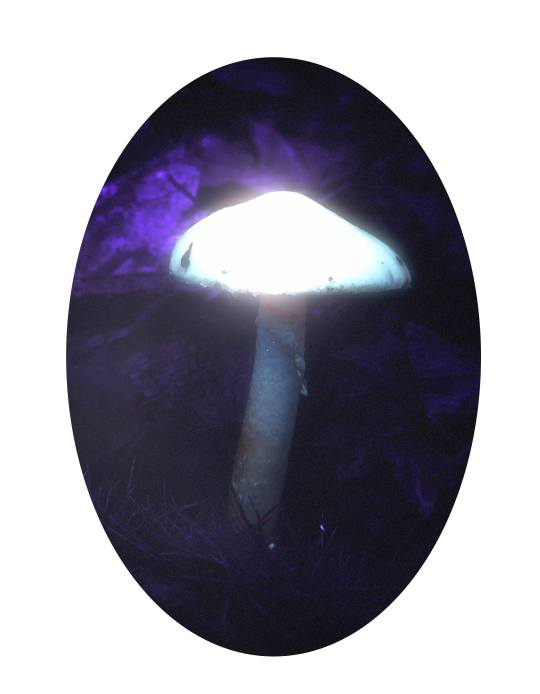


I found it !!!!!!!!!!!!! (Nov. 2023)
The Destroying angel (Amanita virosa)!! It is among the most toxic known mushrooms, closely related to Death caps (Amanita phalloides).
It is pretty rare. As all Amanita species form ectomycorrhizal relationships with the roots of certain trees, thus, destroying angels grow in or near the edges of woodlands. They can also be found on lawns or grassy meadows near trees or shrubs.
As little as half a mushroom cap can be fatal if the victim is not treated quickly enough.


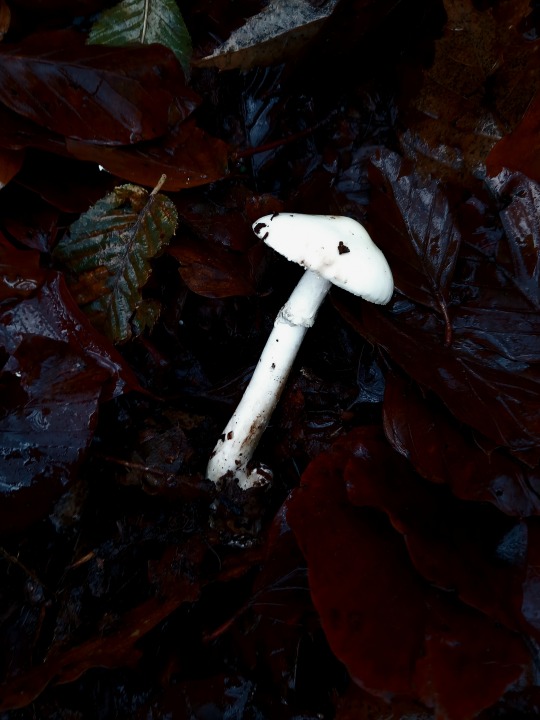


#original photographs#amanita virosa#destroying angel#mushrooms#mushroomcore#fungi#mycology#foraging#faerycore#fairycore#dark fairycore#fairy aesthetic#fairy cottage#cottage witch#dark cottagecore#purple aesthetic#woods#forest#dark forest#forest floor#other#diary#studyblr#this post looks better on a black background 👻
47 notes
·
View notes
Photo
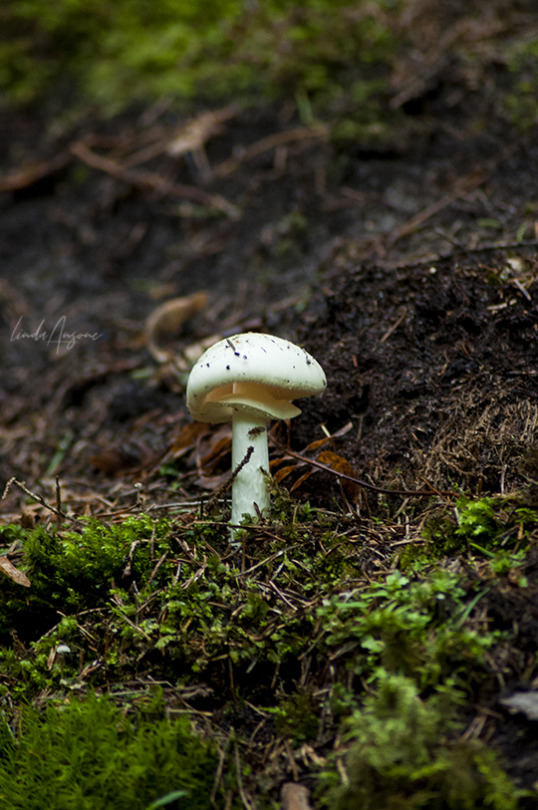


#mushrooms#fungi#mycology#mushroom photography#forest floor#forestcore#amanita virosa#Destroying Angel#Amanita muscaria#fly agaric#nature#original photography#i suck at taking photos at dark forests coz of my shaky hands whoops
994 notes
·
View notes
Text
Ultimate Mushroom Showdown Round 1

ROUND 1:
1. Destroying Angel vs. Texas Star
2. Basket Fungus vs. Gyromitra Esculenta
3. Witches Butter vs. Devil's Tooth
4. Dewdrop Bonnet vs. Puffball
5. Psilocybe Semilanceata vs. Pink Pagoda
6. Black Trumpet vs. Mycena Chlorophos
7. Enoki vs. Cat's Tongue
8. Amanita Frostiana vs. Morel
9. Death Cap vs. Xylaria Polymorpha
10. Lion's Mane vs. Psathyrella Aquatica
11. Violet Coral vs. Mycena Interrupta
12. Bridal Veil Stinkhorn vs. Indigo Milk Cap
13. Chicken of the Woods vs. Armillaria Ostoyae
14. Fly Agaric vs. Octopus Stinkhorn
15. Cordyceps vs. Mycena Nargan
16. Orange Peel Fungus vs. Inky Cap
#mushrooms#mushroom showdown#mycology#forestcore#fungi#mosscore#nature#cottagecore#destroying angel#texas star#basket fungus#gyromitra esculenta#witches butter#devils tooth#dewdrop bonnet#puffball#psilocybe semilanceata#pink pagoda#black trumpet#mycena nargan#enoki#cats tongue#amanita frostiana#morel#death cap#xylaria polymorpha#lions mane#psathyrella aquatica#violet coral#mycena interrupta
1K notes
·
View notes
Text
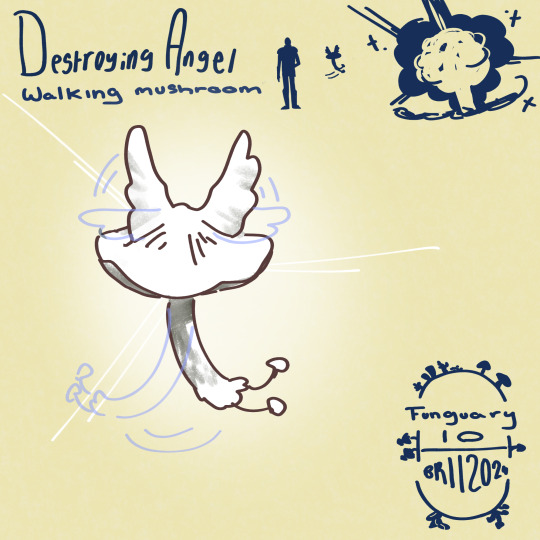
🍄 Funguary 10: Destroying Angel
The bobbling, wobbling pattern of their flight has been described as 'cute'. Their detonation has been described as 'deadly'.
23 notes
·
View notes
Text
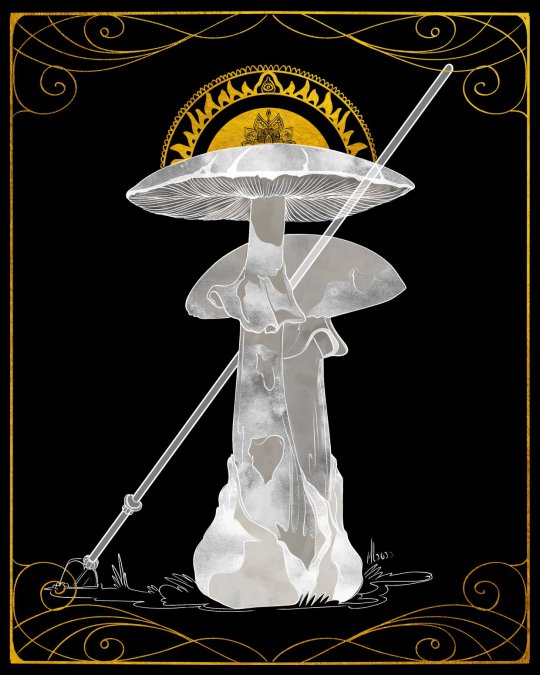
Amanita bisporigera - The Destroying Angel
#Amanita bisporigera#Destroying angel#Spear#Halo#Gold#Gilded#Mushroom#Fungus#Fungi#Stylized#Protection#Defense#Spiritual#Witch
448 notes
·
View notes
Text
Okay. Okay okay okay. So. This is a HUGE discovery. Death caps and destroying angels are two of the deadliest mushrooms in the world; both are in the genus Amanita. Both species contain both amatoxins and phallotoxins, though the latter are likely not a major factor in the massive cell death that occurs in the liver and/or kidneys after consuming these mushrooms.
The most medically significant of the amatoxins is α-amanitin. When a deadly Amanita is consumed, you're likely to get the expected gastrointestinal upset that accompanies many toxic mushrooms within a few hours, and they may last for a few days. Then you start to feel better--but you can't just say "Okay, learned my lesson, I won't eat THAT one again." That's because α-amanitin has been stuck in your liver and kidneys the whole time, destroying their cells left and right, and its deleterious effects are catching up to you. So you can expect to end up in the hospital, potentially dealing with acute organ failure.
Supportive care generally includes IV fluids and electrolytes along with penicillin, oral activated charcoal, and other medications, along with hemodialysis and hemoperfusion. Some people have needed organ transplants, and numerous people have died, especially those who got medical help too late.
While compounds from milk thistle (Silybum marianum) have shown success in treating amatoxin poisoning in a small study several decades ago, there hasn't been much follow-up since. Recently, researchers studied the molecular effects of α-amanitin, and discovered that the enzyme STT3B plays a crucial role in creating N-glycans that facilitate the cell death caused by α-amanitin. Then they went looking for anything that could inhibit STT3B from a list of possible treatments approved by the FDA.
Enter indocyanine green. Developed as a dye for photography in the 1950s, it received approval for medical use a few years later, and has been used for everything from measuring cardiac performance to opthalmology. But it just so happens to also significantly reduce cell death both in vitro in human cell lines, and in vivo in mice. There haven't been any in vivo studies in humans just yet, but results are very promising.
There's one limitation--indocyanine green must be given as soon as possible after ingestion. When it was given eight or twelve hours after α-amanitin poisoning, it was no longer effective due to cell death having already occurred.
Still, the fact that we now have a potential new tool in treating acute α-amanitin poisoning is a massive hope for the future. Couple this with increasing education about safe mushroom foraging and how to identify poisonous species, and we could see a significant reduction in poisoning from those two deadly Amanita species.
#mushrooms#mushroom hunting#shrooms#fungi#fungus#foraging#mushroom foraging#medicine#healthcare#nature#Amanita#destroying angel#death cap
211 notes
·
View notes